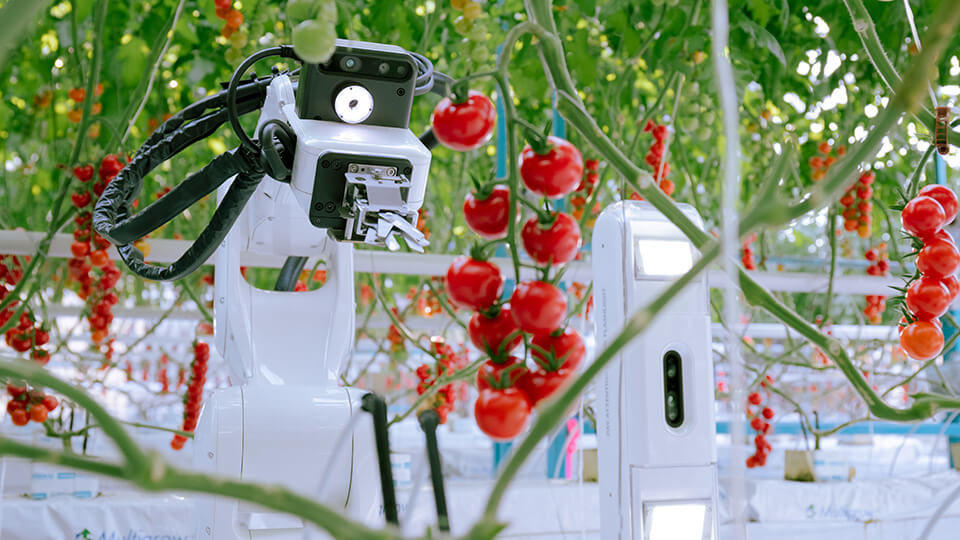Natural Environment Harmonization Product
Basic Stance
At DENSO, we leverage technologies accumulated to date in the automotive field to contribute to society through the development and commercialization of green environmental technologies supporting renewable and prosperous lifestyles.
Specific Initiatives
To minimize environmental destruction from resource extraction, DENSO is focused on the development of alternative fuels and raw materials utilizing biological resources that carefully take biodiversity into account, including the commercialization of a plant-derived plastic radiator tank, businesses that make use of algae, and expanding research on biofuels.
We also promote the development of agricultural support businesses and food transport systems utilizing automotive air-conditioning technologies.
-
Bio (Micro Algae)
We contribute to preservation of the global environment by utilizing an efficient algae cultivation process for CO2 absorption and by producing biofuel as an alternative to fossil fuels.
-
Agricultural Support
We contribute to more efficient and stable vegetable cultivation and improved agricultural competitiveness, utilizing greenhouse environment control systems and energy conservation technologies.
-
Cold Chain
We contribute to safety and assurance in food transport and supply from production to consumption through energy-saving cooling and freezing technology as well as traceability management.





